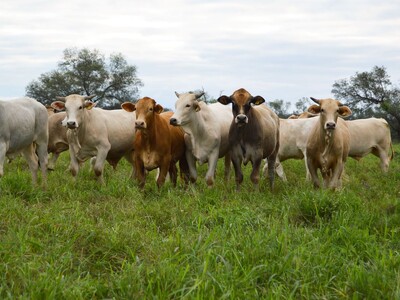Local Firewood
When it comes to firewood, buy it where you burn it. That's the best way to stop invasive species from hitching a ride on firewood and slipping into your area: As winter approaches, we all might be in the market for something to burn in the fireplace. But buyer beware– you might be inviting an invader:
Helmuth Rogg of the Oregon Department of Agriculture: "Firewood is still one of the bigger vectors for transporting, accidentally, diseases and insects from one state to the next state."
Rogg says there are plenty of examples of other states importing unwanted invasive species through the transport of firewood– Emerald ash borer and Asian longhorned beetle to name a couple. Those two, thankfully, have not yet made their way to Oregon. But the state is vigilant and has a firewood law that basically promoted buying local: "We allow firewood produced in the Pacific Northwest– that is Washington, Idaho, and Oregon– to be sold without any precautions because this is firewood from here. The risk is minimal because the bug is already here."
That same law, however, prohibits firewood from outside the Pacific Northwest to be sold unless it has been heat treated. Consumers should look for a label if that wood is not identified as local and confirm the product has been properly treated. Whether firewood is brought in by visitors or new residents to a state, or whether the firewood is sold commercially, residents can help do the right thing by making the right choice.Additional audio:
ROGG says Oregon's 5-year old firewood law is designed to protect the state from invasive pests and diseases by restricting firewood that isn't from Oregon, Washington, or Idaho: "And so the last couple of years, we've seen some improvement, at least when we go to these stores that the firewood is labeled, the firewood is mostly from Pacific Northwest. If it's from outside our area, it is heat treated."


















